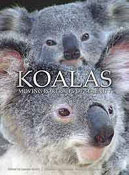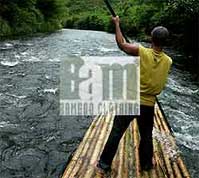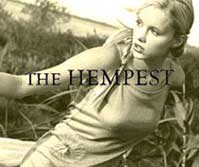Blood Diamonds

Set against the backdrop of the chaos and civil war that enveloped 1990s Sierra Leone, the movie, which stars Leonardo DiCaprio, Jennifer Connelly and Academy Award winner Djimon Hounsou portrays the underlying greed, chaos and havoc engendered by the trade in Conflict Diamonds, also known as blood diamonds.
Blood diamonds, called so because of the cost in human lives exacted obtaining them, are in turn used by rebel groups to fuel conflict and civil wars. They have funded brutal conflicts in Africa that have resulted in the death and displacement of millions of people. Diamonds have also been used by terrorist groups such as al-Qaeda to finance their activities and for money-laundering purposes.
 View Blood Diamond trailer
View Blood Diamond trailerOnly a few African economies have actually benefited from diamonds, while Angola, the Democratic Republic of the Congo (DRC), Liberia and Sierra Leone are still recovering from widespread devastation resulting from wars fuelled by diamonds. Diamonds currently fund conflict in Cote d’Ivoire and in the eastern DRC and continue to be used for money laundering, tax evasion and organized crime.
The Democratic Republic of Congo (DRC) is extremely rich in natural resources. Diamonds, the country’s most valuable export, are one of those resources, one which has contributed to increased levels of funding of armed conflict in the Congo from 1998 to now.
Since 2003, the DRC has been participating in the Kimberley Process (KP), an international diamond certification scheme designed to eliminate the trade in "conflict diamonds". Its participation in this scheme is one element that has led to a significant increase in official diamond exports. However, the DRC still lacks a strong set of internal controls to ensure that it can track all diamonds from the mine to the point of export. Diamonds are still being smuggled out of the country, and diamonds from neighbouring countries are being smuggled in.
- Explore satellite map of the Kolwezi mineral region near Lubumbashi in the Democratic Republic of Congo and an open pit mine as seen from space.
The transitional government, which has been in place since 2003, has not taken sufficient action to exercise control over the diamond sector and ensure that diamond revenues contribute to the country’s development. The international community initiatives to encourage reforms in the diamond sector during the transitional period have also been insufficient.
Some progress has been made, notably since the DRC joined the Kimberley Process, but broader reforms have been slow and have lacked the strong political will necessary to see them through. The election of a new government in the DRC in 2006 presents an opportunity to revive efforts to improve the management of the diamond sector.
Donor Countries should seize this opportunity to work with the new government to implement effective reforms without delay.
Conflict Diamonds
Although armed conflict has decreased in the DRC since the peace agreements signed in 2002, fighting between the national army and various rebel groups has continued in parts of the country, particularly in the east. Some of this fighting has been centered around diamond mines and other areas rich in natural resources.
One recent example was reported on 8 March 2006, when military from the FARDC (Forces Armées de la République Démocratique du Congo), the DRC’s national army, clashed with an armed group known as Simba, believed to be linked to the Mayi-Mayi rebel group, in a diamond mine in Ombadio, Maniema province in eastern DRC. The diamond diggers had asked members of the Simba group to come to the mine because they felt threatened by FARDC soldiers situated near the site.
More information on mining Blood Diamonds and alternatives may be found at::
"Conflict Diamonds" - Amnesty International USA
"Green Grow the Diamonds" - Greener Magazine, January 06
Greener News Room
Keywords: BLOOD DIAMOND CONGO DICAPRIO FARDC AFRICA EXPORTS SMUGGLING CONFLICT TRAILER



9:44 AM









<< Home